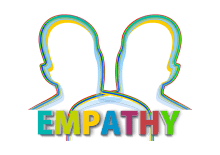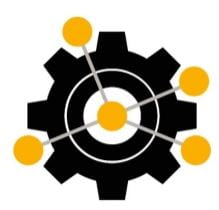By: Elizabeth Moraff & Keaton Fletcher
A recent paper published by Debora Jeske, Sonia Lippke, and Work Science Center Network Member, Kenneth Shultz, in the Employee Responsibilities and Rights Journal, highlights the increasingly confusing role of social media in job selection. Cyber-vetting is a process in which employers screen potential employees based on information provided in their social media accounts and other online presences. However, the opportunity to reduce risk on the part of the employer, through cyber-vetting, may in fact, increase perceived risk for applicants, particularly those who have personal information that may impact their prospects of being hired. Willingness to disclose information, as well as privacy concerns, may very well be affecting what applicants complete the recruitment process. People vary in their willingness to share personal information with others, what the authors call, self-disclosure.
The researchers recruited over 200 undergraduates at a university in the U.K. and asked them to imagine themselves applying to various jobs, ranging from sales to government think tanks to childcare. In some of the conditions, participants were asked to provide their login information for all of their social media accounts, which the interviewer would use to peruse their accounts during an interview. Participants then indicated whether or not they intended to continue in the application process (Jeske et. al, 2019).
Participants who typically engaged in higher self-disclosure behavior were more willing to continue the application process, despite the need to share their social media information. The researchers also found that if participants felt as though the information from their social media accounts may be used inappropriately and if they were generally concerned about privacy, they were less likely to continue with the application. Applicants who felt vulnerable and were worried about a prospective employer invading their social media accounts were less likely to provide the requested information, and less likely to indicate they would persevere in the process. If an applicant did not feel vulnerable, though, their concern about global privacy did not affect their self-disclosure of information (Jeske et. al, 2019). Additionally, the study demonstrated that willingness to trust influenced self-disclosure independently. People who were more willing to trust an employer gave more information.
Moving forward, this suggests that employers who require applicants to share their social media account information for cyber-vetting may be limiting their applicant pool on traits that are not necessarily relevant to job performance (e.g., preference for privacy). These unexpected findings potentially serve as a caution to employers about the way they talk about social media screenings with applicants. Applicants who feel vulnerable, potentially those who carry stigmatized work identities, such as a disability, may be more likely to drop out of the recruitment process when it seems that an organization may seek sensitive information about them. The researchers suggest that companies might mitigate these potential effects by limiting themselves to asking for information from applicants that they truly need, and by clarifying for applicants exactly how they intend to glean information from social media, and to what end.










